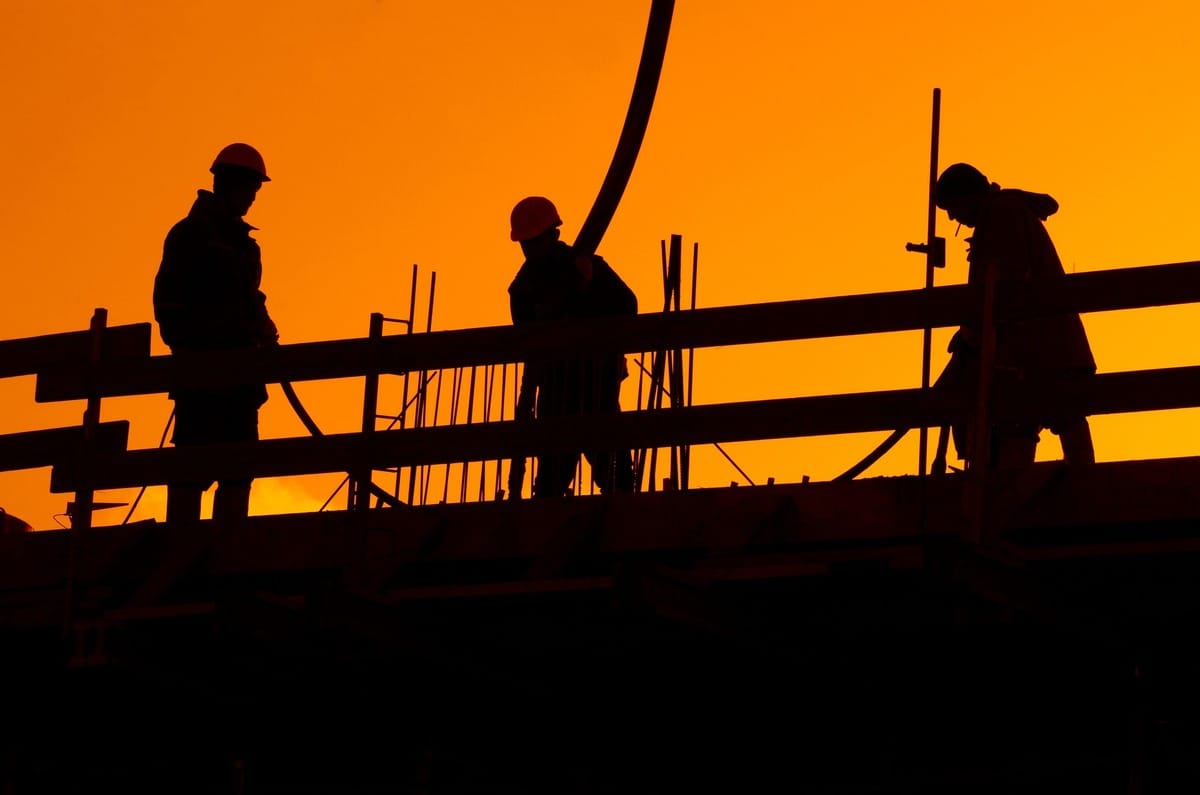- Full Brim Safety
- Posts
- Operator Safety - Pre-Checks, Training, and Safe Operation
Operator Safety - Pre-Checks, Training, and Safe Operation
Full Brim Safety: Build Smart, Build Safe

Operator Safety - Pre-Checks, Training, and Safe Operation
Welcome back, let's Build Smart & Build Safe! Yesterday, we introduced the formidable power and inherent hazards of heavy equipment. Today, we're focusing on a critical component of heavy equipment safety: the operator. A well-trained, diligent operator performing daily checks is your first line of defense against incidents.
The person in the cab holds immense responsibility. Ensuring they are qualified, perform essential pre-checks, and operate the machinery safely is vital for the safety of everyone on site.
1. Operator Qualifications: Only the Trained and Authorized
Training is Non-Negotiable: Only individuals who have received comprehensive training, demonstrated competence, and are authorized by the employer should ever operate heavy equipment. This training must cover the specific type of equipment, its controls, capabilities, and safety features.
Competent Person: An operator should ideally be considered a "competent person" for the equipment they operate, capable of identifying hazards and taking corrective action.
Physical and Mental Fitness: Operators must be physically capable and mentally alert. Fatigue, illness, or impairment (drugs/alcohol) can severely compromise judgment and reaction time.
2. Pre-Operational Checks (The "Walk-Around"): Your Daily Ritual
Before starting any heavy equipment, the operator must perform a thorough visual inspection and function check. This brief routine can prevent major incidents.
Tires/Tracks: Check condition, pressure (for tires), and look for debris.
Fluid Levels: Verify oil, coolant, hydraulic fluid, and fuel levels. Look for leaks.
Controls: Test all operating controls (joysticks, pedals, steering) for smooth and proper function. Ensure they return to neutral.
Lights & Alarms: Check headlights, taillights, brake lights, reverse alarms, and warning beacons.
Horn: Test the horn.
Emergency Stop Button: Ensure it's clearly marked and fully functional.
Glass/Mirrors: Clean and adjust windows and mirrors for optimal visibility.
Safety Devices: Verify all guards, shields, and interlocks are in place and working.
3. Mounting and Dismounting Safely: The Three Points of Contact
Falls from equipment are a common hazard. Always remember and practice:
Three Points of Contact: Maintain two hands and one foot, or one hand and two feet, on the machine's steps and grab handles at all times when entering or exiting the cab.
Face the Machine: Always face the equipment when mounting or dismounting.
Clean Steps/Handholds: Ensure steps, ladders, and grab handles are clean, free of mud, grease, ice, or debris.
4. Seatbelts and ROPS/FOPS: Your Life-Saving Protection
Wear Your Seatbelt: Always wear the seatbelt provided. This is critical for keeping you secured within the Roll-Over Protective Structure (ROPS) in case of a tip-over.
ROPS (Roll-Over Protective Structure): Designed to protect the operator in the event of a rollover. Never modify or remove it.
FOPS (Falling Object Protective Structure): Designed to protect the operator from falling objects. Ensure it's intact and undamaged.
Safe operation begins with a qualified individual who respects the power of the machine and diligently performs daily safety checks. Tomorrow, we'll shift focus to how ground personnel can stay safe around moving heavy equipment.
Don't forget to sign your friends up for Full Brim Safety for your daily dose of construction safety tips!
-The Safety Man
